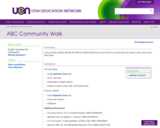
In this activity students identify the different relationships that can be found in a community and create a class Community ABC Book.
- Subject:
- Education
- Elementary Education
- Material Type:
- Activity/Lab
- Author:
- Grace Wayman
- Date Added:
- 05/15/2021

In this activity students identify the different relationships that can be found in a community and create a class Community ABC Book.
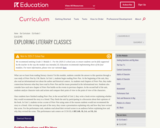
In this unit, students begin reading a retold version of the literary classic Peter Pan to build their understanding of how the historical context of a literary classic can have an impact on the content and also to analyze how writers develop characters to capture a reader's imagination. In the first half of the unit, students read an informational text to build background knowledge about the author, J.M. Barrie, and some of the relevant aspects of society in Great Britain at the time the original novel was written. Students then focus on analyzing how the events in each chapter build on what came before and consider how the illustrations in the first four chapters of Peter Pan contribute to the meaning of the text. After reading each chapter, students make connections between the historical context and the content of the chapter.
For the mid-unit assessment, students closely read a new chapter of Peter Pan and answer selected response and short-constructed response questions about the text. In the second half of the unit, through teacher-guided close reading, independent close reading, and discussion, students analyze the characters by carefully examining their traits, motivations, actions, and points of view. They also analyze figurative language, word relationships, and nuances in word meaning to gain a deeper understanding of the meaning of the text. For the end of unit assessment, students closely read another new chapter of Peter Pan, answer selected response questions, and complete a table to analyze the character traits, motivations, actions, and points of view.
RL.3.1, RL.3.2, RL.3.4, RL.3.5, RL.3.6, RL.3.7, RL.3.10, L.3.4, L.3.5.

Students will use the teacher created exploration tub, charts and cards to understand the concept of "Then and Now."
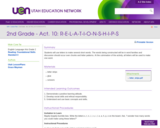
Students will use letters to make several short words. The words being constructed will be in word families and discussion should occur over chunks and letter patterns. At the culmination of the activity, all letters will be used to make one word.
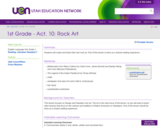
Students will create and share their own rock art. Part of this lesson is done as a shared reading experience.
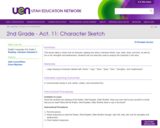
This lesson takes a closer look at character, tapping into what a character thinks, says, feels, does, and tries, as well as his or her strengths and weaknesses. Students will use what they read to analyze the character in the story.
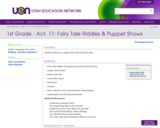
Students will put on a puppet show and retell fairy tales.
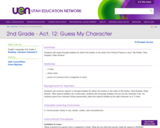
Students will create thought bubbles for either the brother or the sister from Patricia Polacco's story "My Rotten, Red-Headed, Older Brother".

After reading the story "The Little House", students will discuss changing patterns and then create a seasonal mandala.
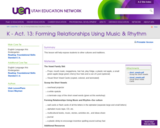
This lesson will help expose students to other cultures and traditions.
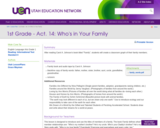
After reading Carol A. Johnson's book titled "Family", students will create a classroom graph of their family members.
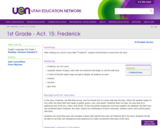
After reading Leo Lionni's story titled "Frederick", students will illustrate a scene from the story.
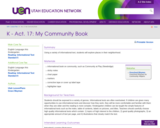
Using a variety of informational text, students will explore places in their neighborhood.
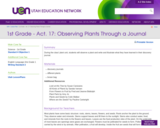
During the class' plant unit, students will observe a plant and write and illustrate what they have learned in their discovery journal.
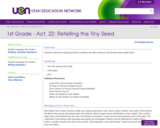
Using the interactive writing procedures, students will write sentences and illustrate ways seeds travel.
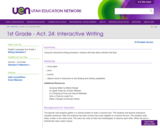
Using the interactive writing procedure, students will write about vehicles that float.
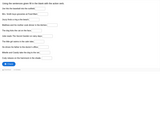
Students will choose the action verb in each sentence and type it in the blank.
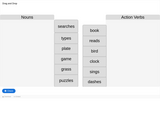
The student will classify the word list into nouns and verbs.
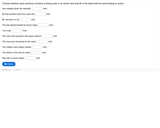
Students will choose whether each sentence contains a linking verb or an action verb and fill in the blank with linking or action.
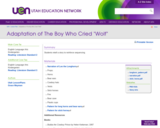
Students retell a story to reinforce sequencing.